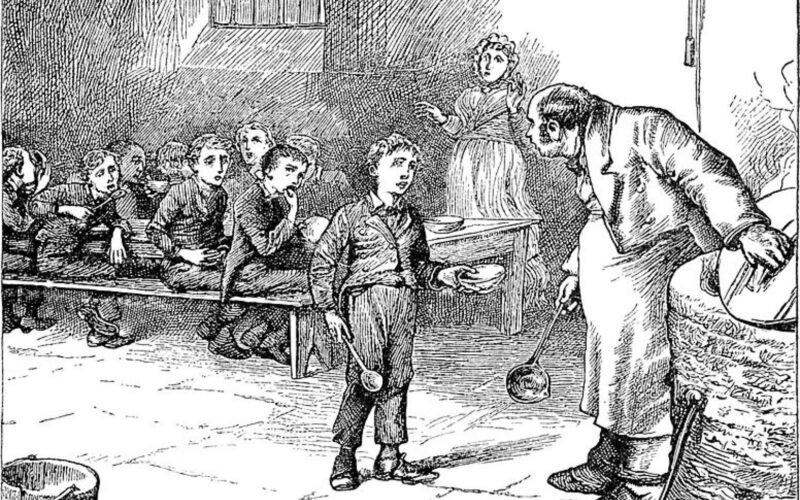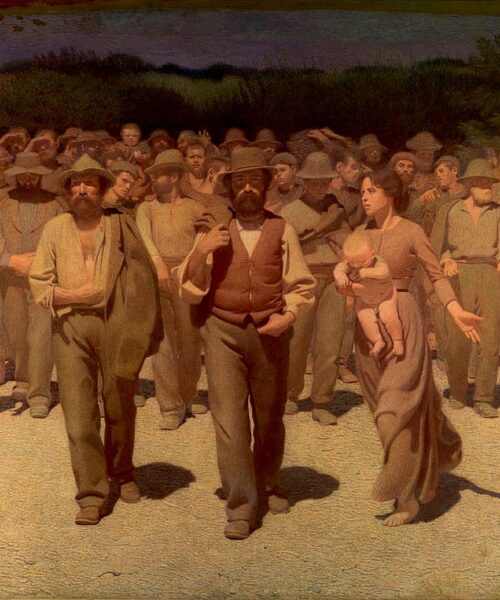In the rich panorama of Charles Dickens’ oeuvre, the most vivid and tormented colors come alive in the portraits of childhood. The elongated shadow of a famished, abandoned, and abused youth flutters across the pages of his novels, sketching evocative images of an era in conflict with its own conscience.
Born in 1812 and living through the Victorian era, a period of intense social and cultural change, Dickens often drew from his own experiences to shape his characters. At the age of 12, he was forced to work in a boot-blacking factory, an experience that deeply marked his sensibilities and resurfaced in works like “David Copperfield” and “Great Expectations.”
His stories, imbued with deep and often painful feelings, conveyed an emotional sensitivity characteristic of the 19th century. The concept of sensitivity, during that period, carried a particular meaning. It was seen as a reflection of soul-depth, the ability to empathize and feel intense emotions. It was neither rare nor shameful to openly display such emotions. Crying while reading a novel, for example, was considered an entirely normal and acceptable reaction.
This emotional state is palpable in Dickens’ pages, where characters frequently grapple with their emotions in an intense and direct manner. Consider Pip in “Great Expectations,” tormented by shame and the desire for respectability, or Oliver Twist, whose innocent and unconditional trust is constantly tested by a ruthless world.
Dickens’ writing is infused with a sort of unfiltered emotional intensity that resonates with the sensibilities of the 19th century. His words evoke powerful images and feelings, perpetually reminding us of the importance of humanity and compassion. In his works, emotions serve as vehicles for exploring the human condition, understanding suffering and injustice, but also celebrating resilience and hope.
At the same time, the author does not merely disclose his characters’ emotions. He leverages them to create a profound connection with the reader, inviting them to feel, to experience, to engage. His narrative, teeming with emotional depth, plunges us into the lives of his characters, letting us share their fears, hopes, and dreams.
Dickens teaches us that emotions, far from being signs of weakness, are a fundamental human experience that defines and unites us. He teaches us not to be ashamed of experiencing intense feelings, of crying, laughing, or dreaming. After all, it is through emotions that we can truly understand ourselves and others.
In Dickens’ work, childhood emerges not only as a time of lost innocence but also as a period of profound emotional sensitivity. His child characters, while victims of a merciless world, possess an extraordinary ability to feel alive, to hope, to dream. This, ultimately, may be the greatest lesson Dickens has left us: the ability to maintain hope, against all odds.
It is precisely in this message, in this celebration of sensitivity and humanity, that the greatness of Dickens’ work resides. A greatness that still resonates today and perpetually reminds us of the importance of emotions, empathy, and compassion. Because, as Dickens has taught us, it is through emotions that we can truly comprehend the world, that we can truly feel alive.












